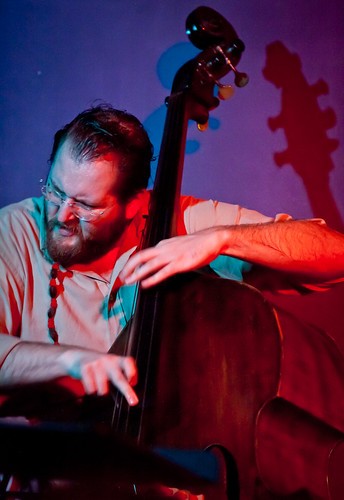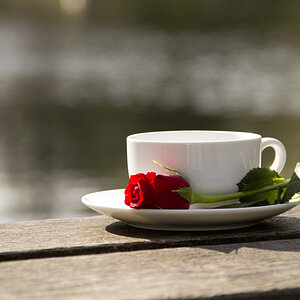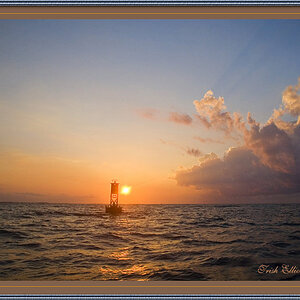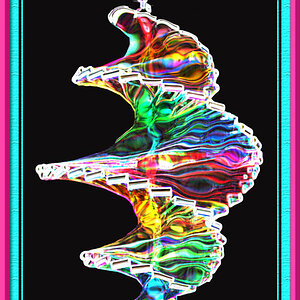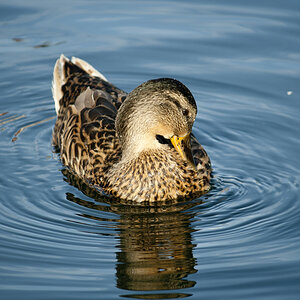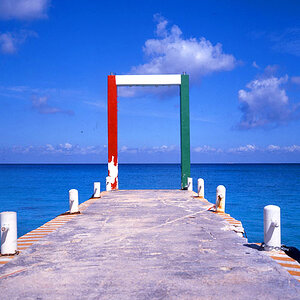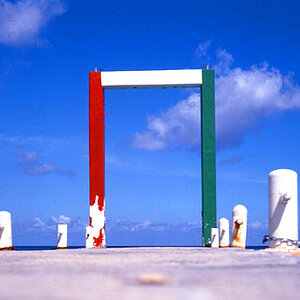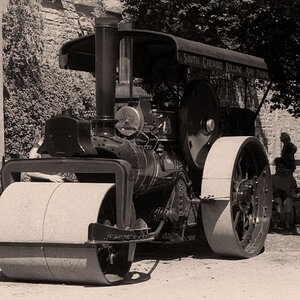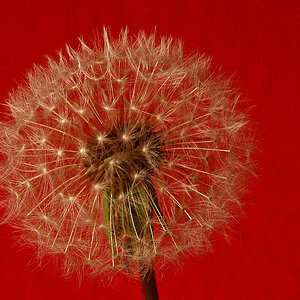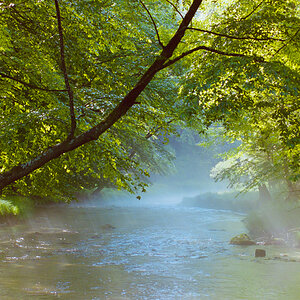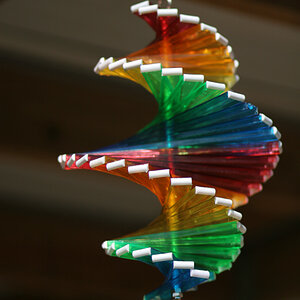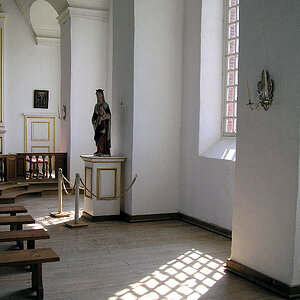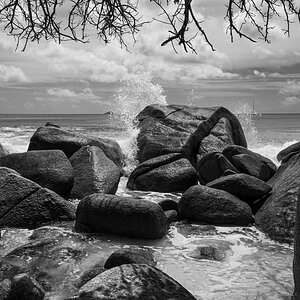Niz
TPF Noob!
- Joined
- Sep 6, 2011
- Messages
- 35
- Reaction score
- 0
- Location
- Newcastle, Australia
- Can others edit my Photos
- Photos OK to edit
Hey Guys,
My name is Ben, im pretty new to the world of photography and im trying to get a grasp on ISO, i have a quick but probably very basic question regarding ISO in low light photos
I have been seeing alot of night photography that has been taken with a ISO of 100-200 and alot of live music photography that has been taken anywhere from 800-1600 ISO, can somebody tell me why live music photography isn't in 100-200 ISO or night photography isnt in 800 ISO?
I know that the higher the ISO the more grain but is that what event/music photographers want or is it that there is just not enough light that they are force to use 1600 ISO??
Thanks Ben
My name is Ben, im pretty new to the world of photography and im trying to get a grasp on ISO, i have a quick but probably very basic question regarding ISO in low light photos
I have been seeing alot of night photography that has been taken with a ISO of 100-200 and alot of live music photography that has been taken anywhere from 800-1600 ISO, can somebody tell me why live music photography isn't in 100-200 ISO or night photography isnt in 800 ISO?
I know that the higher the ISO the more grain but is that what event/music photographers want or is it that there is just not enough light that they are force to use 1600 ISO??
Thanks Ben




